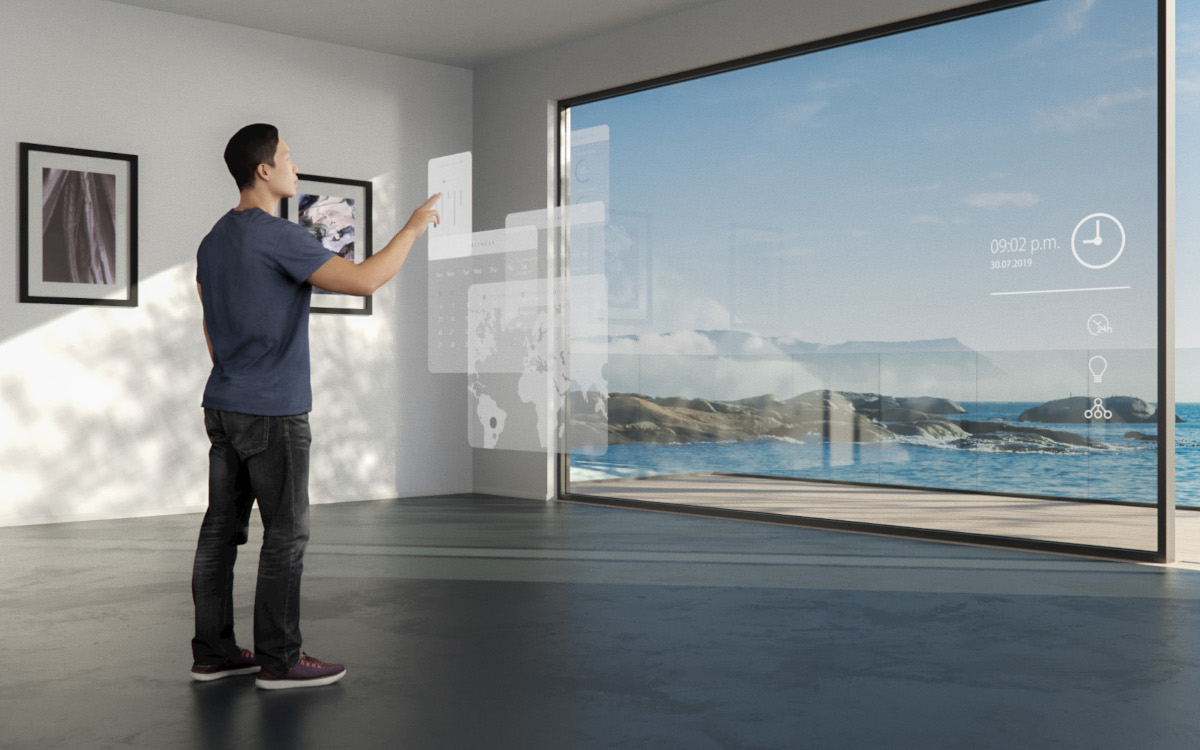Jena's Zeiss is presenting its “multifunctional smart glass” technology at CES 2024 in Las Vegas, which combines four basic functions – display, detection, illumination and filtering. The technology aims to enable new 3D applications, from smart home solutions to augmented reality displays in the smallest spaces. At CES in the hall west of the Las Vegas Convention Center, Booth W306, the company will showcase its industrial solutions for the mass production of micro- and holographic optical surfaces for everyday use.
The core component of this technology is a thin, transparent film with ultra-high-definition optics that provide high transparency and clarity. This should enable 3D technology to be used on previously inaccessible surfaces such as glass surfaces, windows and displays. Zeiss' replication technology aims to enable fully automated production of master holograms in large quantities, which Zeiss considers an important technological milestone in the field of holography.
In this video, Zeiss explains what its technology does to glass surfaces:
Floating keys in car
In the automotive sector, 3D solutions such as head-up displays aim to offer benefits in terms of safety and comfort. Inside the car, they can provide drivers with information without taking their eyes off the road. Smart glass technology also aims to enable floating switches as 3D holographic controls in a car or smart home, which can be operated using voice commands or gesture control.
At CES, Zeiss is also showing off the integration of a transparent camera called Holocam into smart glass technology. It uses 3D elements to redirect incident light to a hidden image sensor. According to Zeiss, this allows cameras or sensors to be placed without gaps or visible mounting spaces.
Living room lighting in windows
For displays with a built-in camera, for example, the multi-functional smart glass aims to provide direct eye contact for both parties in video conferencing. One application in the smart home that Zeiss is presenting at CES is to illuminate the living space and generate energy through special 3D coupling elements in the windows.
Zeiss plans to offer the technology as a system supplier and make replicating the holograms available as a transparent film to manufacturers or suppliers in order to add new functionality to their products.
advertisement

“Certified tv guru. Reader. Professional writer. Avid introvert. Extreme pop culture buff.”








More Stories
Samsung Quantum Dot TV: Art meets technology
Pitch: €56m for energy startup Reverion
Plastoplan: Plastics for Energy Transition